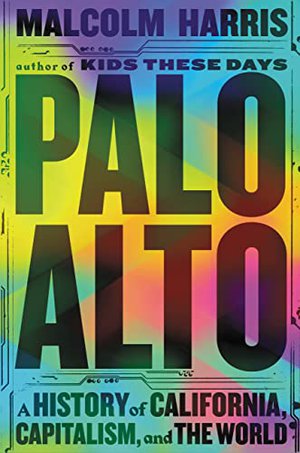How California Took Over the World
A sweeping book offers a provocative new history arguing that today’s inequality can be traced back to the state’s founding
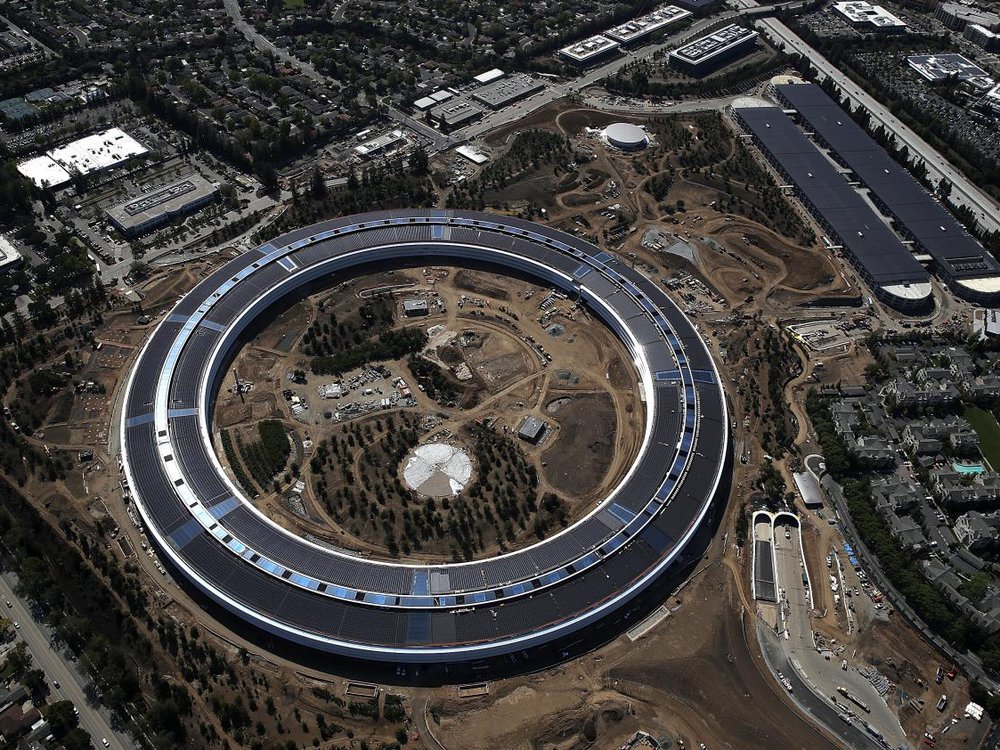
In November 1880, just three years before his death, Karl Marx wrote a letter to his friend Friedrich Adolph Sorge, a German émigré and labor organizer who had recently helped found the first socialist political party in the United States. After commenting at length on various developments in Russia, France and Germany, Marx added a postscript: “I should be very much pleased if you could find me something good (meaty) on economic conditions in California, of course at my expense. California is very important for me because nowhere else has the upheaval most shamelessly caused by capitalist centralization taken place with such speed.”
The aging Marx’s interest in California was certainly not incidental. As readers will discover in the opening chapters of Malcolm Harris’ newly published Palo Alto: A History of California, Capitalism and the World—which includes Marx’s letter as an epigraph—the region was a crucible of modern capitalism long before it became synonymous with the likes of semiconductors, microchips or artificial intelligence. In the popular imagination, Silicon Valley today is known as the global center of technological innovation—a feverish, futuristic El Dorado in which grit, intellect and risk commingle to produce disruptive new inventions and bountiful wealth along with them. It’s an alluring mythos and, by extension, a blinding one, too: The region’s foundational narrative of boundless progress and Promethean genius often more closely resembles fable than actual history.
Palo Alto: A History of California, Capitalism, and the World
Malcolm Harris examines how and why Northern California evolved in the particular, consequential way it did, tracing the ideologies, technologies, and policies that have been engineered there over the course of 150 years of Anglo settler colonialism.
For this reason and others, Harris’ book—written in engaging prose while filling more than 700 pages—represents both an overdue corrective and a compelling counternarrative. Offering nothing less than what its subtitle suggests—a comprehensive origin story of modern capitalism—Palo Alto puts forth a critical treatment of Silicon Valley that is particularly timely in the era of SpaceX and Bitcoin.
The book’s scope is magisterial: Beginning in the 19th century, it employs a granular focus in the service of a sweeping, macroscopic reinterpretation of modern history and America’s emergence as the preeminent global power of the early 21st century. Unifying this sprawling, sometimes digressive narrative is what the author calls the Palo Alto System: a distinctive economic formula premised, above all else, on the relentless pursuit of profit and squeezing of maximum value from human labor at the lowest possible cost. Harris traces this “regimen of capitalist rationality and the exclusive focus on potential and speculative value” to the ranch founded by industrialist and future California Governor Leland Stanford in the 1880s. In this system, “All a man needed to improve the world was an uncompromising dedication to profit and the capital to realize the necessary scale.” Well before the advent of electricity or vacuum tubes, let alone personal computers or Teslas, Harris finds the system’s essential dynamics in place virtually from the outset of the state’s colonization by white settlers—with racial and class stratification already baked into the program code.
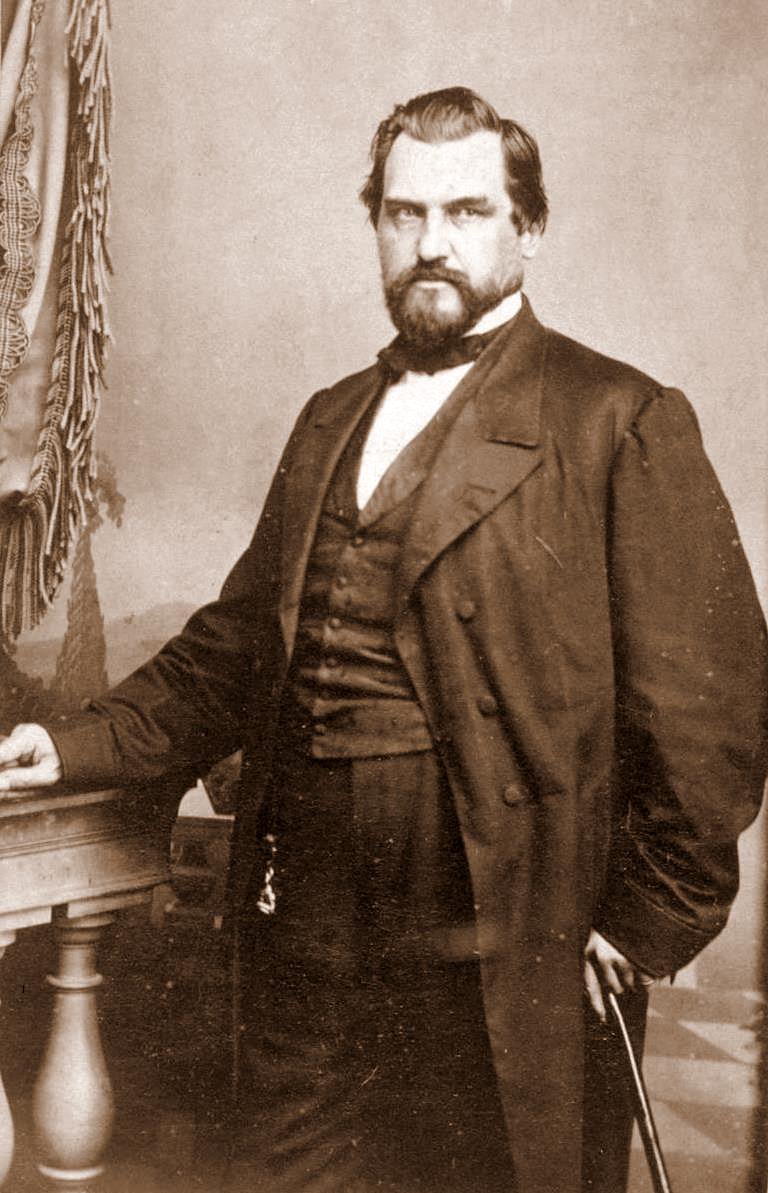
Throughout much of the world, capitalist economic and social relations emerged gradually from their feudal roots. By contrast, Harris writes, capitalism “hit [California] like a meteor.” With some half of the broader Alta California region’s Indigenous people already dead from disease by the 1820s, settlers pouring in from the East with the approval, and sometimes funding, of the federal government undertook a campaign worthy of no description other than genocide. Amid the ensuing Gold Rush, which began in earnest in the 1850s, settlers devised newly efficient means of extracting value from the land, destroying aquifers with unsustainable cash crops while killing and subjugating Native people with ever-greater ruthlessness. Barely 20 years later, according to one estimate cited by the author, California’s Indigenous population had been reduced from 150,000 to just 30,000.
Emerging from this process was a new class of what the author calls frontier scientists—a distinctly Californian breed of cowboy entrepreneur, many trained in or adjacent to the increasingly influential Stanford University—whose expertise would soon lend itself to colonial enterprises around the globe. Dubbing these men the “the shock troops of global enclosure” and of “proletarianization around the world,” Harris sums up their creed as follows: “Anglos rule. … All land and water is just gold waiting to happen.”
From these foundations, the author sketches the history and implications of the Palo Alto System with impressive fluency, from its chief innovator—Stanford, magnate and California governor—through the 20th century and quite close to the present day. The book’s second section, of six total, details the founding of Stanford University and the Bay Area’s nascent emergence as a hub for technology and capital. Resistant to the reformist currents of the New Deal, though all too keen to partner with the state in pursuit of their own projects, successive generations of Palo Alto intelligentsia honed and perfected the system’s distinctive formula.
By the end of World War II, the region’s burgeoning aerospace, electronics and communications sectors had finally shifted Palo Alto from the periphery to the center, not only of the domestic economy but of the American global project itself. A surging defense industry tasked with providing the firepower for imperial engagements in Korea and Vietnam in turn yielded the jobs and capital that endowed various professorships and university initiatives—which, in Harris’ account, transformed many campuses into de facto extensions of the American state.
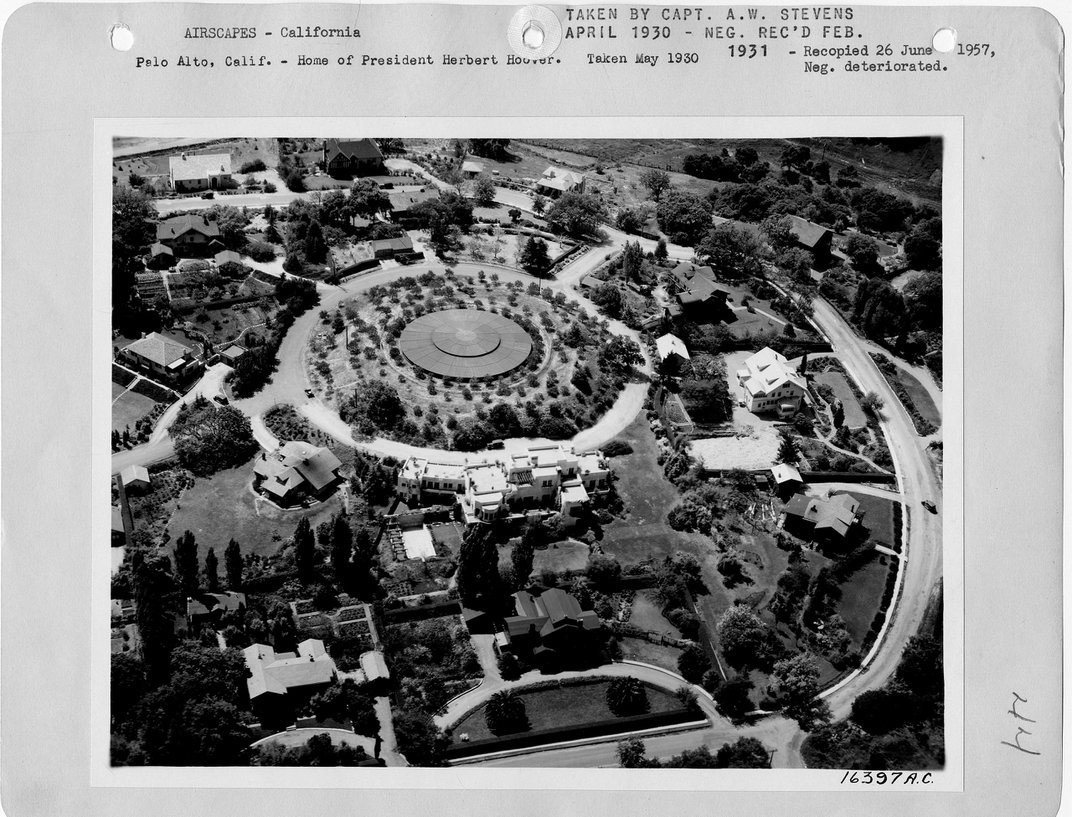
Throughout these eras and into the 21st century, Harris argues, the basic ingredients of the Palo Alto System have remained mostly unchanged. Its essence is an association of organized wealth committed to preserving hierarchy with the goal of extracting maximum value from a given enterprise—or workforce—before moving on to the next frontier of accumulation. The author’s historiographical approach often foregrounds specific personalities—among them Stanford himself and President Herbert Hoover (not incidentally an alumnus of the university the former founded). Though these characters offer a handy narrative spine for Palo Alto, Harris, pushing back against the Great Man theory of history, casts them primarily as puppets rather than agents. Which is to say: If generations of would-be great men in Palo Alto and Silicon Valley have tended to see themselves as Promethean movers of history, the author views them more as its appendages. (Of Stanford, he writes in an emblematic passage, “The new system coughed up another man to stand for the larger forces pulling his strings.”)
What all Harris’ characters tend to have in common—aside from wealth, geographic location and a talent for cosmic self-aggrandizement—is a political philosophy reflexively hostile to democratic equality of any kind, and particularly to what Harris calls “economic democracy,” or the exotic idea that wealth inequality is a moral and social problem to be solved. Across various gold rushes, literal and figurative, Harris catalogs a lineage of anti-egalitarian ideology running from Stanford founding president David Starr Jordan’s fascination with the racist pseudoscience of bionomics to the multipronged, Hooverite offensive against the New Deal consensus that would ultimately supercharge, among other things, the Reagan revolution.
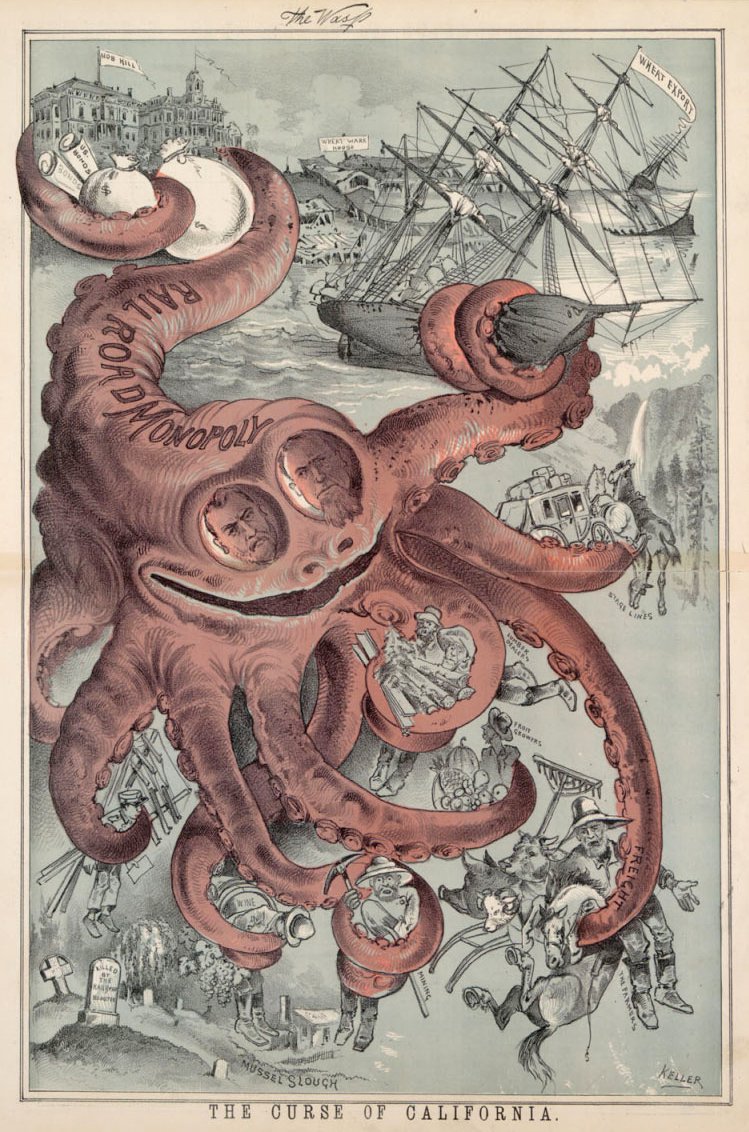
Some readers may find the scope of Harris’ account excessively sweeping, and, in tracing so much about the modern world to an individual part of the American West Coast, his book inarguably gives itself a daunting task. Whether or not you ultimately accept his grand premise, though, Palo Alto is so accessible and filled with so much interesting history that readers will take something away regardless. Through a carefully maintained balance of storytelling and analysis, Harris offers a compelling and thorough deconstruction of Silicon Valley’s founding fables and persuasively demonstrates that the inequality produced by these innovators is a feature, rather than a bug. A whole companion volume, probably of similar length, might be written on the televisual culture that has run in tandem with the various industries and institutions at the center of Harris’s story; if California originated the economic model dominant in our world today, another city to Palo Alto’s south has played a significant role in propagating the fantasies and ideologies that have undergirded it.
Harris’ book, and the monumental research behind it, offer persuasive heft to his daring thesis: that the most significant innovation of America’s futurist cyber-factory is not apps or microchips or electric cars but rather a formula for producing inequality and securing monopoly. An 1882 cartoon by G. Frederick Keller titled “The Curse of California” depicted the Southern Pacific railroad empire as a massive octopus, its tentacles wrapped around the state’s major industries. Today, we might imagine an updated version with the likes of timber, fruit and wheat replaced by digital media platforms and cryptocurrency; the farmers and growers replaced by exhausted Lyft drivers and gig workers toiling for DoorDash and Instacart in the world Stanford left in his wake.
A Note to our Readers
Smithsonian magazine participates in affiliate link advertising programs. If you purchase an item through these links, we receive a commission.

